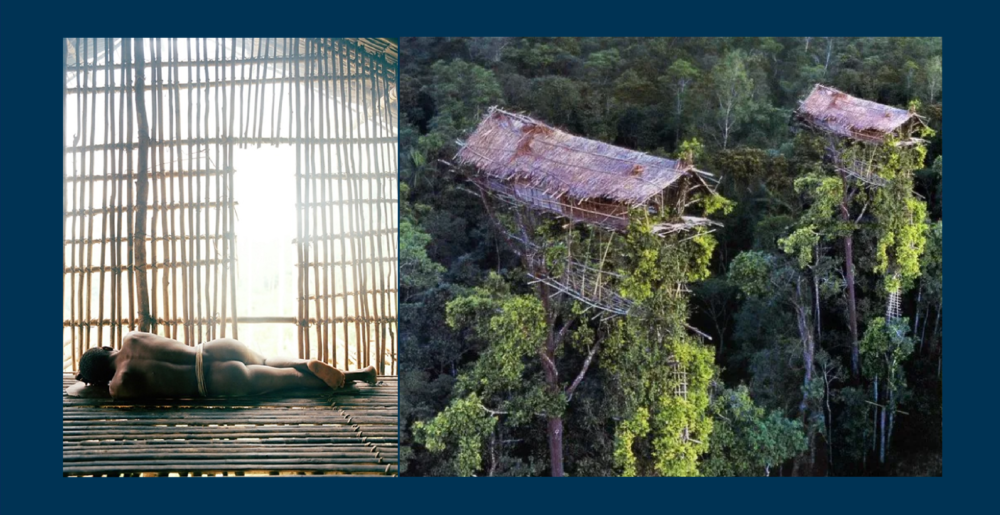Khon is a vivid portrayal of the epic adventures of Rama, the heroic incarnation of the god Vishnu. Seduction, betrayal, kidnappings, and epic battles unfold on the Khon stage, captivating audiences for centuries.
Masks, costumes, paintings, and precise gestures intertwine to create the mesmerizing tapestry of Khon, Thailand’s most revered traditional dance drama. Rooted in ancient origins, Khon weaves together diverse artistic expressions through dance, drama, painting, handicrafts, and caricature.
The Origins and Rise of Khon
The exact origins of Khon remain shrouded in mystery, but its popularity surged during the 15th century. What sets Khon apart is its seamless fusion of artistic forms, harmonizing movement, visual spectacle, and storytelling. At its core lies the “Ramakien”, a Thai adaptation of the revered Hindu epic “Ramayana”.
The Three Acts of Khon
Masked Dancers and Colorful Personifications: Khon performances are typically divided into three acts. Masked dancers embody characters through vibrant colors, intricate masks, and coordinated choreography. Rama’s love stories, perilous sea voyages, and encounters with demons come alive on stage.
Mechanical Marvels and Coordinated Choreography– Elaborate mechanical sets transport audiences to mythical realms. Coordinated movements evoke battles, seduction, and betrayal. Khon’s precision and grandeur leave a lasting impression.
Triumph of Good Over Evil: Khon celebrates virtue prevailing over darkness. Rama’s heroic deeds and battles symbolize the eternal struggle between good and evil.

Khon’s Cultural Significance
UNESCO Intangible Cultural Heritage: Since 2018, Khon proudly holds a place on UNESCO’s prestigious list. Recognized as “high art,” cultivated over centuries, and with a strong didactic function. Khon’s legacy endures as a cultural treasure.
Ramayana’s Moral Lessons: Beyond the stage, the Ramayana serves as a major literary work in Thailand. It imparts values like respect for elders and the eternal fight for righteousness. Khon becomes a moral lesson for generations, teaching children about virtue and honour.
The Intricate Masks
Among Khon’s myriad elements, the elaborate masks stand out. These masks transform dancers into gods, demons, and mythical creatures. Each mask carries symbolism, revealing character traits and emotions. The masks’ craftsmanship reflects Thailand’s rich artistic heritage.
In the spotlight of Khon’s masked drama, the hero Rama dances through time, embodying courage, love, and honour. As the rhythmic beats echo, audiences are transported to a realm where gods and mortals collide—a timeless tale etched in the heart of Thai culture.
To become a professional performer, at age 13 thousands of children begin training in the complex dance steps and movements that make up this centuries-old art – hoping that one day in 6-7 years they can become professional dancers. Once they do get a chance to be on stage, they are destined to play that same role for the rest of their life.
To become a professional performer, thousands of children begin training in the complex dance steps and movements that make up this centuries-old art at age 13, hoping to make the jump to professional dancing six or seven years later. If they finally win a spot on stage, they will have to play the same role for life.
























